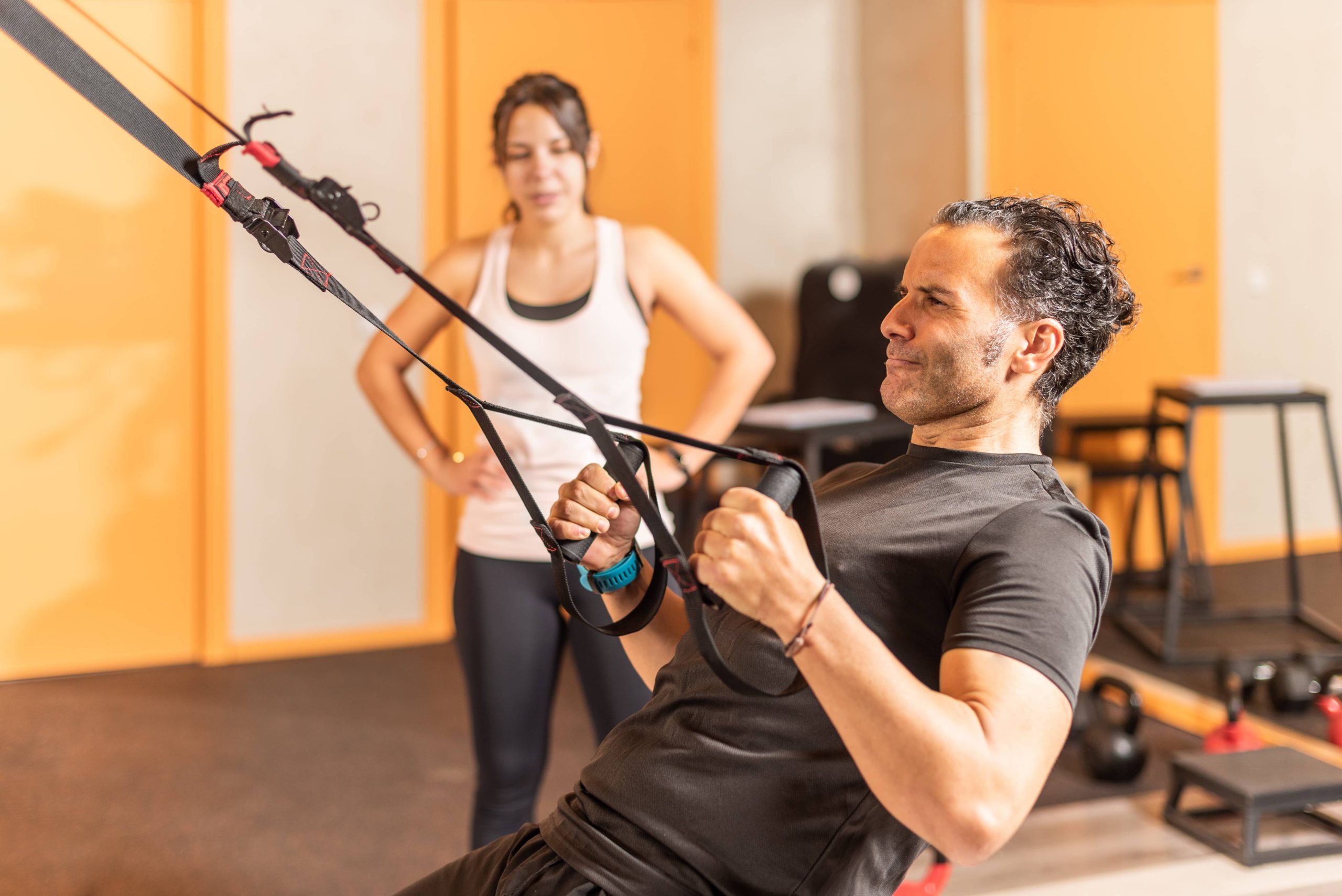
In the world of strength training and weightlifting, the term “compound movements” is often thrown around by trainers and fitness enthusiasts alike. But what exactly are compound movements, and why are they so highly regarded in the realm of fitness? This blog post will delve into the advantages of incorporating compound movements into your strength training routine, highlighting their benefits for both beginners and seasoned lifters.
Understanding Compound Movements
Compound movements are exercises that engage multiple muscle groups and joints simultaneously. Unlike isolation exercises, which target a single muscle group, compound movements require the coordination of several muscles, making them more complex and demanding. Examples of compound movements include squats, deadlifts, bench presses, and pull-ups.
The Benefits of Compound Movements
1. Efficiency in Workouts
One of the most significant advantages of compound movements is their efficiency. Because these exercises work multiple muscle groups at once, they allow you to get more done in less time. For individuals with busy schedules, compound movements can be a time-saving solution, enabling them to achieve a full-body workout in a shorter period.
2. Increased Muscle Mass
Compound movements are highly effective for building muscle mass. By engaging multiple muscle groups, these exercises stimulate a greater release of anabolic hormones like testosterone and growth hormone, which are crucial for muscle growth. This hormonal response can lead to increased muscle hypertrophy compared to isolation exercises.
3. Improved Functional Strength
Functional strength refers to the ability to perform everyday activities with ease. Compound movements mimic real-life movements and improve your ability to perform tasks that require strength and coordination. For example, squats can enhance your ability to lift heavy objects from the ground, while pull-ups can improve your ability to climb or pull yourself up.
4. Enhanced Caloric Burn
Because compound movements engage more muscles, they also burn more calories than isolation exercises. This increased caloric expenditure can be beneficial for those looking to lose weight or maintain a healthy body composition. Additionally, the afterburn effect, or excess post-exercise oxygen consumption (EPOC), is more pronounced with compound movements, leading to continued calorie burn even after the workout is over.
5. Improved Core Stability
Many compound movements require a strong and stable core to perform correctly. Exercises like deadlifts and squats engage the core muscles to maintain balance and proper form. Over time, this can lead to improved core strength and stability, which is essential for overall athletic performance and injury prevention.
6. Greater Strength Gains
Compound movements allow you to lift heavier weights compared to isolation exercises. This increased load can lead to greater strength gains over time. For example, the bench press allows you to lift more weight than a tricep extension, leading to more significant improvements in upper body strength.
7. Versatility and Variety
Compound movements offer a wide range of variations, allowing you to keep your workouts fresh and exciting. For instance, you can perform squats with a barbell, dumbbells, or even your body weight. This versatility can help prevent workout monotony and keep you motivated to continue your strength training journey.
8. Improved Athletic Performance
Athletes often incorporate compound movements into their training routines to enhance their performance. These exercises improve power, speed, and agility, which are crucial for success in many sports. For example, the explosive nature of the power clean can translate to improved sprinting speed and jumping ability.
9. Injury Prevention
By strengthening multiple muscle groups and improving joint stability, compound movements can help reduce the risk of injury. A well-rounded strength training program that includes compound exercises can enhance the resilience of your muscles and joints, making you less susceptible to strains and sprains.
10. Mental and Physical Challenge
Compound movements require coordination, balance, and focus, providing both a mental and physical challenge. Mastering these exercises can boost your confidence and provide a sense of accomplishment. Additionally, the complexity of compound movements can make your workouts more engaging and enjoyable.
Incorporating Compound Movements into Your Routine
To reap the benefits of compound movements, it’s essential to incorporate them into your strength training routine effectively. Here are some tips to get started:
– Start with the Basics: If you’re new to strength training, begin with foundational compound movements like squats, deadlifts, and bench presses. Focus on mastering proper form before adding weight.
– Progress Gradually: As you become more comfortable with compound movements, gradually increase the weight and intensity of your workouts. This progressive overload is key to building strength and muscle mass.
– Balance with Isolation Exercises: While compound movements should be the foundation of your routine, don’t neglect isolation exercises entirely. They can help target specific muscle groups and address any imbalances.
– Listen to Your Body: Pay attention to how your body responds to compound movements. If you experience pain or discomfort, consult a fitness professional to ensure you’re using proper form and technique.
Conclusion
Compound movements are a cornerstone of effective strength training, offering numerous benefits for individuals of all fitness levels. From increased muscle mass and strength gains to improved functional fitness and injury prevention, these exercises provide a comprehensive approach to building a strong and healthy body. By incorporating compound movements into your routine, you can maximize your workout efficiency and achieve your fitness goals more effectively. Whether you’re a beginner or an experienced lifter, the advantages of compound movements make them an essential component of any strength training program.
